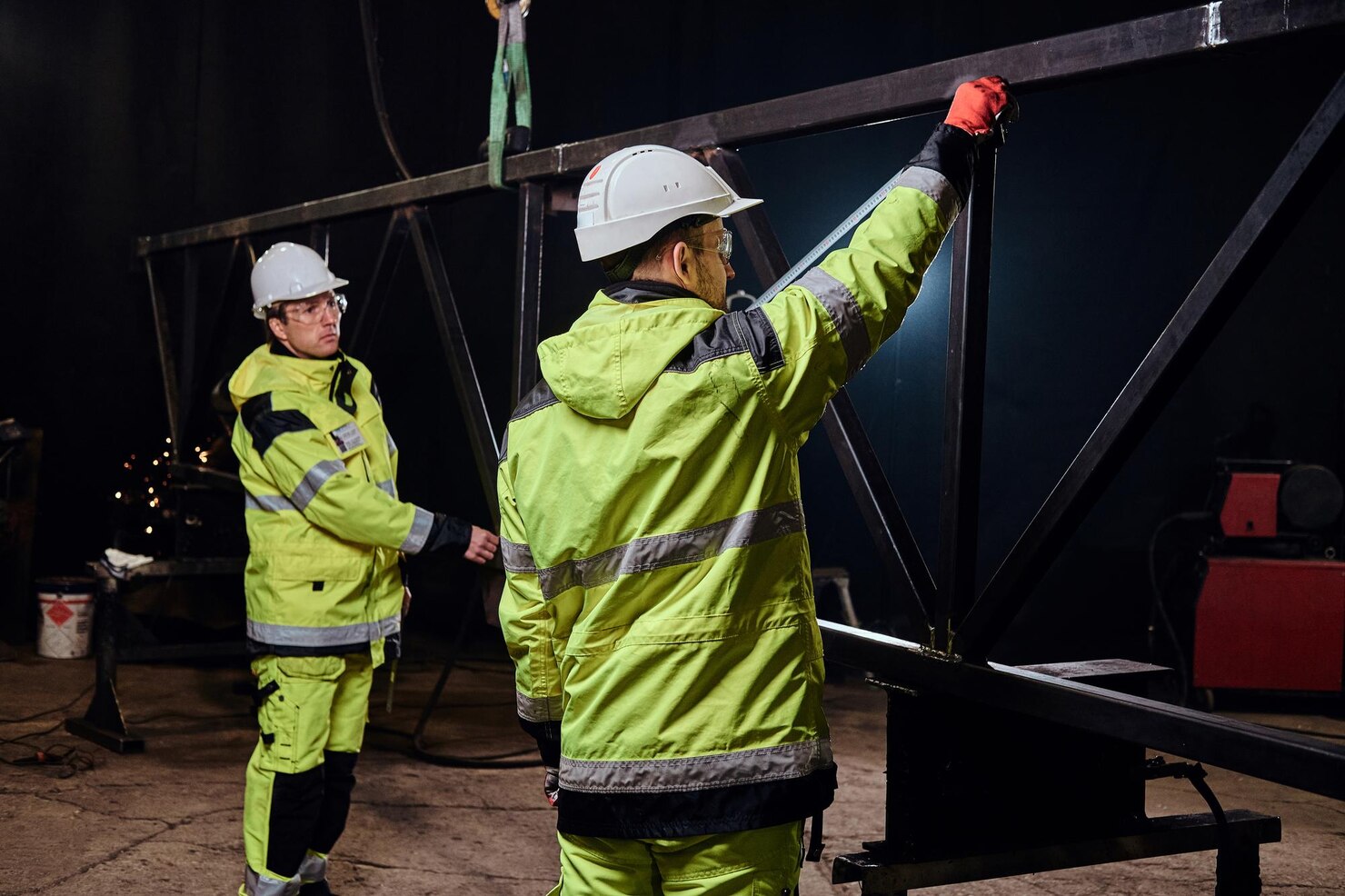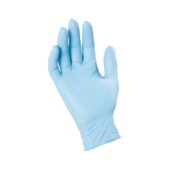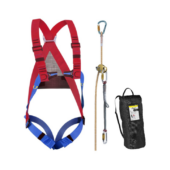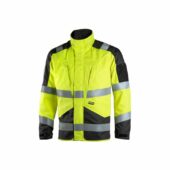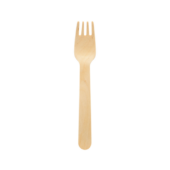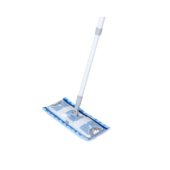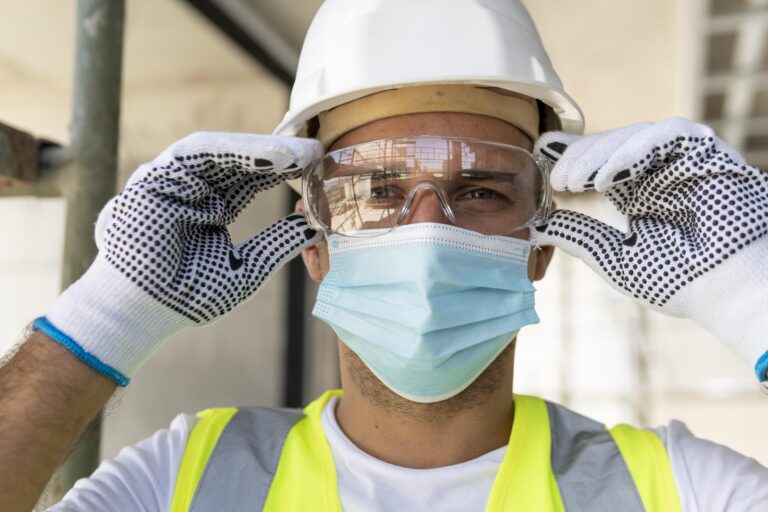Impact-resistant gloves, also referred to as impact protection gloves or shock-absorbing gloves, provide essential protection against risks such as falling objects, heavy tools, and accidental impacts. By the end of this guide, you will have all the knowledge needed to confidently select the best gloves for your construction needs, ensuring safety, comfort, and compliance with industry standards.
To get a broader understanding of these gloves, check out the main article on impact-resistant gloves.
Why Impact-Resistant Gloves Are Essential in Construction
Construction sites present various challenges, with hands frequently exposed to potential risks. Impact-resistant gloves provide essential protection against common hazards such as:
- Crush-related impacts from tools or materials.
- Surface abrasions and cuts caused by sharp edges or rough surfaces.
- Vibration effects during the operation of heavy machinery.
These gloves help redirect force efficiently, ensuring safer and more comfortable work conditions for all construction tasks.
Key Features to Look for in Impact-Resistant Gloves
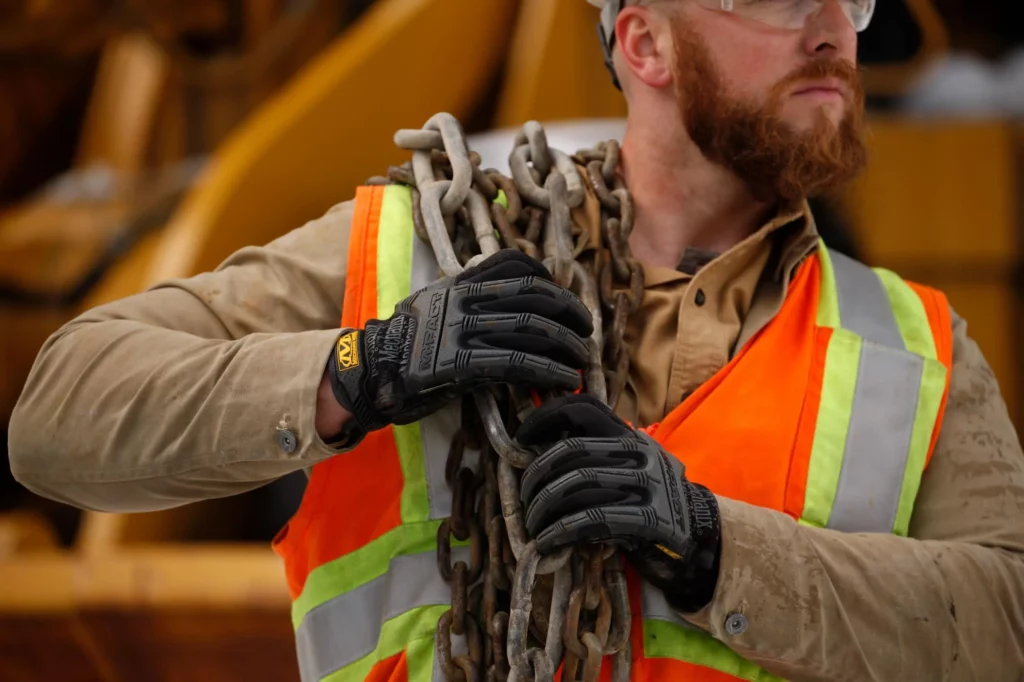
Choosing the right pair of gloves involves assessing specific features. Here’s what you should prioritize:
1. Impact Protection Zones
Look for gloves with strategically placed padding or thermoplastic rubber (TPR) protection zones, particularly on the back of the hand and knuckles. These zones absorb shock and distribute impact forces.
2. Durability and Material
Construction gloves should be made from tough materials such as synthetic leather, Kevlar®, or high-performance polyethylene (HPPE). These materials ensure long-lasting protection against wear and tear.
3. Grip and Dexterity
A strong grip is crucial for handling tools and materials. Opt for gloves with textured palms or anti-slip coatings to maintain dexterity while offering excellent grip.
4. Comfort and Fit
A snug yet flexible fit minimizes fatigue during prolonged use. Check sizing charts carefully to find the right size, as poorly fitting gloves can compromise both safety and comfort. European sizing metrics ensure consistency and reliability.
5. Compliance with Safety Standards
Ensure the gloves meet EN 388 standards, which assess mechanical risks like abrasion, cut, tear, and puncture resistance. Look for markings that confirm compliance with these standards.
Learn more about EN Standards from this guide in wikipedia.
Matching Gloves to Construction Tasks
Different construction tasks require varying levels of protection. Here’s a breakdown:
| Task | Recommended Features |
| Handling sharp materials | Impact protection + cut resistance |
| Operating heavy machinery | Impact protection + vibration dampening |
| Working in wet environments | Impact protection + waterproof coating |
| Precision tasks | Lightweight gloves with flexible materials |
For gloves tailored to specific needs, explore related categories like Cut-Resistant Gloves and Anti-Vibration Gloves.
Top Tips for Choosing the Right Pair
1. Assess Your Work Environment
Consider the types of hazards you’re likely to encounter. For high-impact tasks, gloves with reinforced TPR padding are essential. If you’re working in wet or oily conditions, opt for gloves with water-resistant properties.
2. Try Before You Buy
Whenever possible, test the gloves. Check for ease of movement, comfort, and overall fit.
3. Don’t Overlook Additional Features
Additional features like touchscreen compatibility, reflective details, and antimicrobial linings can enhance usability and safety.
Where to Buy Impact-Resistant Gloves
For a wide selection of impact-resistant gloves, visit the main product category. You can find gloves tailored for various construction tasks and environments.
Related Products for Comprehensive Protection
To ensure complete safety on the job, consider these additional products:
- Cut-Resistant Gloves: Ideal for tasks involving sharp tools or materials.
- Anti-Vibration Gloves: Perfect for operating power tools and heavy machinery.
- Safety Shoes: Essential for protecting your feet on construction sites.
Maintenance and Care Tips
To maximize the lifespan and effectiveness of your gloves:
- Clean regularly: Wash gloves with mild soap and water to remove dirt and debris.
- Inspect for damage: Check for tears, worn-out padding, or compromised seams before each use.
- Store properly: Keep gloves in a cool, dry place away from direct sunlight or chemicals.
Final Words
We hope this guide has provided valuable insights into the key factors for selecting the best impact-resistant gloves, from impact protection to material durability and safety standards. Whether you’re working on construction sites, handling heavy machinery, or dealing with hazardous materials, we’re here to support your safety and comfort.
Explore the full range of impact-resistant gloves at Droppe, where trusted brands like Mechanix, Carhartt, and Ironclad are just a click away. For more detailed information, explore the main article on impact-resistant gloves.
Have questions or need assistance in choosing the perfect gloves for your tasks? Don’t hesitate to reach out—we’re always here to help ensure your safety and confidence in every purchase.
– The Droppe Team
Frequently Asked Question
To find the right size, measure the circumference of your hand around the palm (excluding the thumb) and the length from the tip of your middle finger to your wrist. Compare these measurements with the sizing chart provided by the manufacturer. European sizing systems are often more standardized and reliable.
Yes, many impact-resistant gloves are designed for specific weather conditions. For cold environments, look for gloves with thermal insulation. For hot weather, choose breathable gloves made with moisture-wicking materials. Some gloves also offer UV protection for outdoor work.
Most impact-resistant gloves can be washed with mild soap and water, but it’s important to follow the manufacturer’s care instructions. Avoid machine washing or drying unless specified, as these methods can damage certain materials like TPR padding or synthetic leather.
The lifespan of gloves depends on the intensity and frequency of use, as well as the type of tasks performed. Regularly inspect gloves for signs of wear, such as tears, worn padding, or frayed seams. Replace them immediately if any damage is detected.
Yes, many manufacturers offer impact-resistant gloves designed to fit smaller hands or with ergonomic designs tailored for women. These gloves often come in a wider range of sizes to accommodate different hand shapes.
Not all impact-resistant gloves are cut-resistant. If you need protection against sharp tools or materials, ensure the gloves are rated for cut resistance under the EN 388 standard or an equivalent certification.
While impact-resistant gloves provide robust protection, they may not offer chemical resistance. For tasks involving chemicals, select gloves that combine impact protection with chemical resistance and ensure they comply with EN 374 standards.
Yes, lightweight impact-resistant gloves are available and are ideal for tasks requiring precision and dexterity. These gloves typically use thinner but durable materials and minimal padding to ensure flexibility while still providing adequate protection.
Many modern gloves are designed with touchscreen-compatible fingertips, allowing you to operate smartphones, tablets, or other devices without removing your gloves. Check product descriptions for this feature if it’s important for your work.

